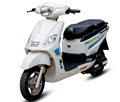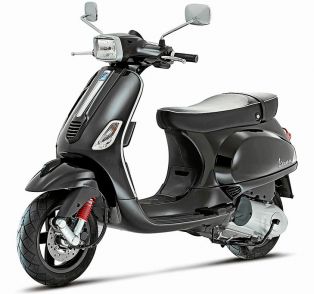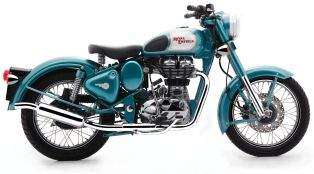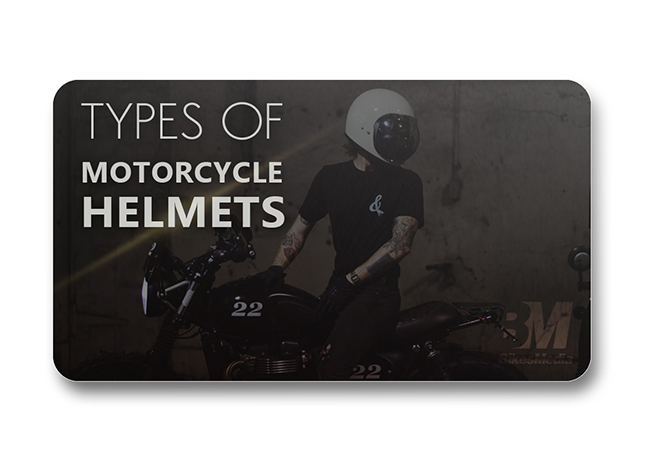 When riding a motorcycle, you feel happy, free, and there is a good reason for it. The reason why you feel the breeze of air flowing through your hair and your body is because you are completely exposed to the external world when riding a motorcycle. You do not sit in a motorcycle, but you sit on it. This is why if a mishap takes place, you end up heavily injured, maybe even cause loss of life. So, the best way to avoid all of this is to use protection. For no reason do riders advice, ATGATT (all the gear all the time). One of the most important gear of them all is the mighty helmet.
When riding a motorcycle, you feel happy, free, and there is a good reason for it. The reason why you feel the breeze of air flowing through your hair and your body is because you are completely exposed to the external world when riding a motorcycle. You do not sit in a motorcycle, but you sit on it. This is why if a mishap takes place, you end up heavily injured, maybe even cause loss of life. So, the best way to avoid all of this is to use protection. For no reason do riders advice, ATGATT (all the gear all the time). One of the most important gear of them all is the mighty helmet.A helmet is probably the most important because it protects the most important part of the human body, the head and the sensory organs such as ears, nose, mouth, and eyes. But not all helmets protect the entire head. There are versions of helmets which are available in the market. Let us have a look at all the types of helmets available to ride motorcycles and see which is the best one to opt for.
Full-face Helmets
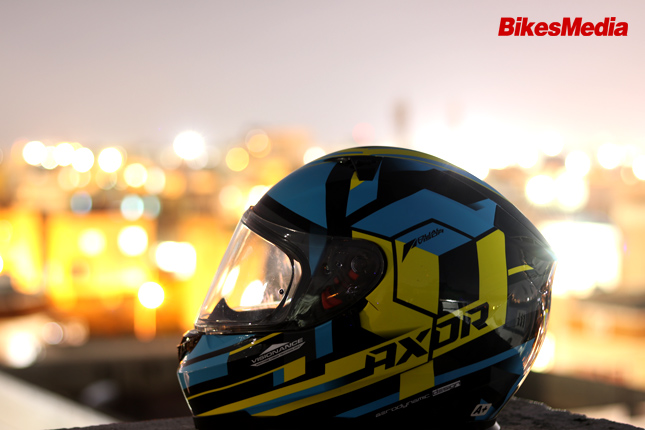 These are by far the best helmets to opt for. They provide complete protection for your head, face, neck and jaw. They are snug and can feel too closed for some, but they are worth the trouble. It is always recommended that you always try on a helmet to ensure that it suits you before you buy and use it. The best rule of thumb is the wear the helmet and move your head rapidly. If the helmet does not fit you or is too tight that it does not allow movement or hurts your face, then it is not for you. If you put it on and if the helmet moves more than your head, i.e., it has a certain amount of play, then it is too big for you. The helmet which fits your snuggly, but is not too tight and then moves with your head without any amount of play is the perfect one for you.
These are by far the best helmets to opt for. They provide complete protection for your head, face, neck and jaw. They are snug and can feel too closed for some, but they are worth the trouble. It is always recommended that you always try on a helmet to ensure that it suits you before you buy and use it. The best rule of thumb is the wear the helmet and move your head rapidly. If the helmet does not fit you or is too tight that it does not allow movement or hurts your face, then it is not for you. If you put it on and if the helmet moves more than your head, i.e., it has a certain amount of play, then it is too big for you. The helmet which fits your snuggly, but is not too tight and then moves with your head without any amount of play is the perfect one for you.Also ensure that when you opt for a full-face helmet, ensure that the helmet allows for clear vision even for your periphery vision. If the helmet is blocking your vision on the sides, then it is not the helmet for you. Your helmet should fit you properly, without blocking any of the viewing angles and allows for the widest viewing angles possible for a safe ride.
Half-face helmets
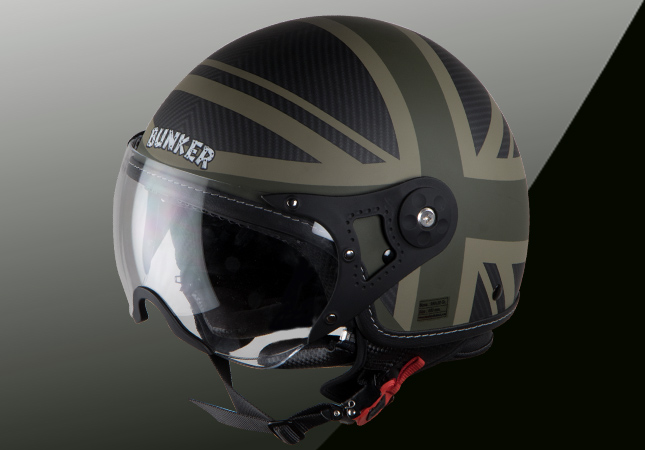 Half face helmets are similar to full-face helmet, but with the jawline protection cut off. They are meant for people to use in low-speed areas such as city limits where the head is protected while you have complete viewing freedom and can wear the helmet for longer duration. This is generally the case for easy removal and wearing of the helmet, especially when you are running around completing the errands. They ideal fitting scenario for half-face helmets are same as full-face helmets, except that the strap must be able to fasten it properly to your head and does not move.
Half face helmets are similar to full-face helmet, but with the jawline protection cut off. They are meant for people to use in low-speed areas such as city limits where the head is protected while you have complete viewing freedom and can wear the helmet for longer duration. This is generally the case for easy removal and wearing of the helmet, especially when you are running around completing the errands. They ideal fitting scenario for half-face helmets are same as full-face helmets, except that the strap must be able to fasten it properly to your head and does not move.It is not exactly recommended to opt for half face helmets, but they are the next best thing if you do not want full face helmets.
Modular Helmets
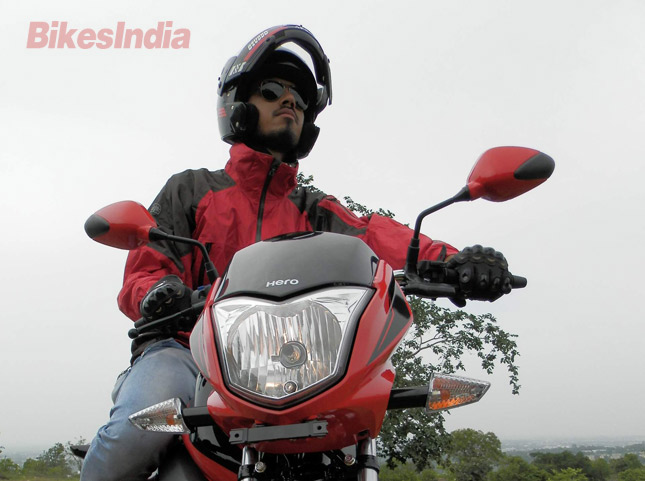 Modular helmets are the perfect compromise between full-face helmets and half-face helmets. They are a movable chin support which can slide up like the visor to convert the full-face helmet to a half-face or half-shell helmets. This is simply an added functionality within the helmet to help riders put on the helmet who have trouble getting their heads in the full-face helmet due to some reason. Protection on these helmets is not the best, but it is better than half-face helmets which they visor and chin support is closed. Riders can also use this feature on the ride by opening the helmet to let some air through for circulation and to communicate with the outside world without removing the helmet.
Modular helmets are the perfect compromise between full-face helmets and half-face helmets. They are a movable chin support which can slide up like the visor to convert the full-face helmet to a half-face or half-shell helmets. This is simply an added functionality within the helmet to help riders put on the helmet who have trouble getting their heads in the full-face helmet due to some reason. Protection on these helmets is not the best, but it is better than half-face helmets which they visor and chin support is closed. Riders can also use this feature on the ride by opening the helmet to let some air through for circulation and to communicate with the outside world without removing the helmet.Off-road Helmets
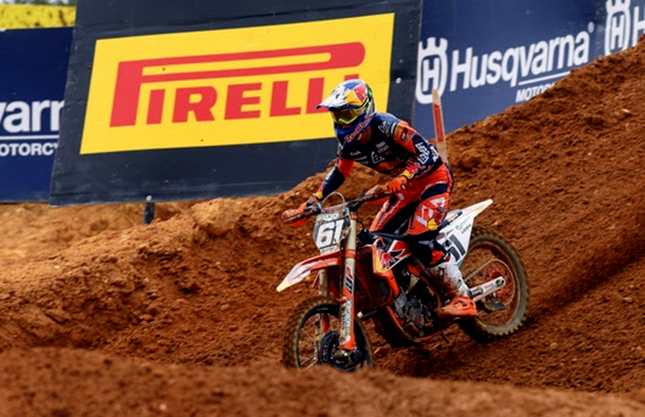 Off-road helmets are specially designed and developed for use in the off-beaten track. They have improved protection for the head through an added support up front, but lack a visor. So, riders using this need to invest in eye protection devices to use these helmets. Moreover, since these helmets are meant to use in off-road scenarios, they have a bigger cut-out for improved vision and provide better chin protection and sometimes better back of the head and neck protection.
Off-road helmets are specially designed and developed for use in the off-beaten track. They have improved protection for the head through an added support up front, but lack a visor. So, riders using this need to invest in eye protection devices to use these helmets. Moreover, since these helmets are meant to use in off-road scenarios, they have a bigger cut-out for improved vision and provide better chin protection and sometimes better back of the head and neck protection.Unlike other road helmets, do not expect any modern features in the
helmet such as HUDs and Bluetooth connectivity.
Half/Head Shell Helmets
These helmets are honestly are not much useful when riding motorcycles and are mostly novelty items and a technicality to avoid penalties from the cops. Some helmets in this category do come with standard certifications to protect the head and maybe the neck in some models, but overall, these helmets are only meant to be used to protect the head. In case of protection to the eyes, one will have to invest additionally in some good quality eyewear.
Dual Sport Helmets
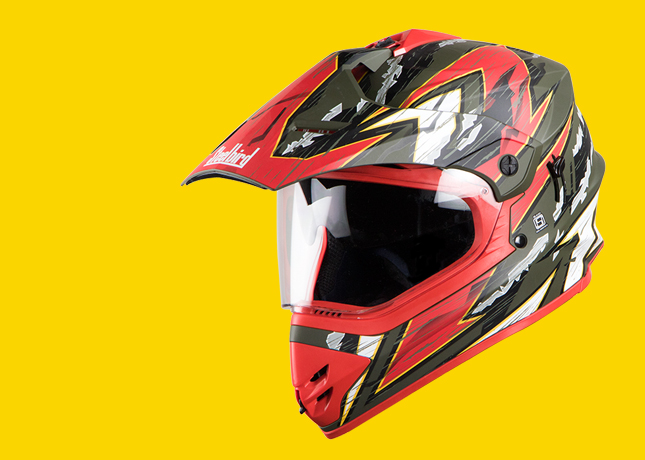 Dual sport helmets are meant for those who wish to enjoy the thrill of using an off-road helmet, but on the road. These helmets are of multi-use, i.e., for both road and off-road. They come with a visor for eye protection as standard and also have the additional head protection. They have less aero impact and hence are also useful on high speeds, unlike off-road helmets, which are susceptible to winds and can cause neck pains to keep the head steady while riding.
Dual sport helmets are meant for those who wish to enjoy the thrill of using an off-road helmet, but on the road. These helmets are of multi-use, i.e., for both road and off-road. They come with a visor for eye protection as standard and also have the additional head protection. They have less aero impact and hence are also useful on high speeds, unlike off-road helmets, which are susceptible to winds and can cause neck pains to keep the head steady while riding.It is clear that if you are a serious rider and plan on going on long rides, the best bet would be the invest in a full-face or modular helmet. In case you happen to ride only within the city limits, you can opt for the half-face or head shell helmets. For the afficionados of the off-beat paths, the off-road helmets are for you, and for those who enjoy the off-road but also spend a considerable amount of time on the road and do not wish to invest in a different helmet, the dual sport helmet is perfect for you.
Choose the right helmet for you and enjoy the ride. Ride hard, ride safe!
By: Pratik Patole





